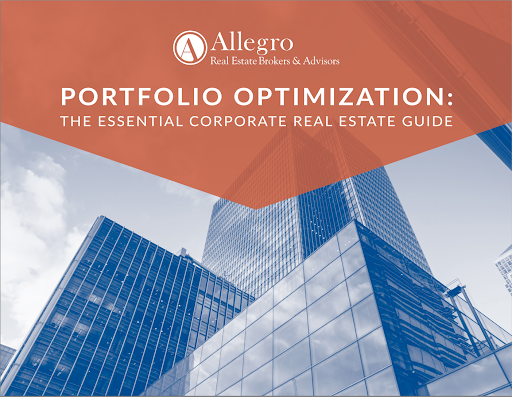No matter how carefully all parties plan, the construction of a new building or new space takes time and often comes with unanticipated delays and costs. Because no two construction projects are identical, there are a number of reasons a project may hit unexpected delays and exceed budget, including:
- Material shortages.
- Project design changes.
- Labor strikes.
- Bad project management.
- The previous tenants remain on the premises.
- Dissimilarities in site conditions or concealed conditions.
- Natural disasters.
- Errors or omissions in plans, design documents, or specifications.
- Slow municipal permitting process. This is especially relevant now due to the lengthy backlog of permits being processed since the COVID-19 pandemic.
When a building or space is not ready by the specified date in the lease agreement due to any of these unexpected events, it is considered delayed occupancy for the tenant.
The delayed occupancy provision in a commercial lease agreement outlines the dates by which you as a tenant should be able to claim the space, the landlord’s duties during construction, compensation in the event of a delay, and lease termination rights.
Note: While most of the above circumstances fall under the delayed occupancy provision, there are some exceptions, typically listed as “force majeure.” Force majeure includes a list of events that are outside of both parties’ (the landlord’s and the tenant’s) control, typically resulting in exemptions from delayed occupancy.
4 Elements Included in a Delayed Occupancy Provision
Important Occupancy Dates
Outside Occupancy Date: This is the absolute latest date that the construction company or landlord expects the space to be available to the tenant for occupancy.
Firm Occupancy Date: This is the date committed to or promised by the construction company. It applies in situations where the tenant is dealing with a landlord or isn’t working directly with the construction company.
Landlord’s Duties
Landlords have an obligation to exercise all efforts to deliver the premises to the tenant on time. They are also obliged to communicate relevant construction delay updates to the tenant in a timely manner, as well as reimburse or compensate the tenant for any delays. Make sure that your landlord’s duties are clearly delineated in the delayed occupancy provision.
Delayed Occupancy Compensation
If the tenant would receive any compensation for the delayed delivery of the space, the amount should be included here. It should also detail the start date of compensation, which is usually dependent on either the outside occupancy date or the firm occupancy date.
If the new tenant experiences a “holdover” that forces them to remain in their current space due to delayed occupancy, they usually have to pay a penalty to their existing landlord. As part of the compensation terms, the new landlord should compensate the tenant for that penalty amount.
If you decide to move into a new space and construction is required, your real estate advisor should ensure some type of compensation provision is included as part of the lease agreement in case delayed occupancy occurs. This protects your interests and holds the landlord accountable.
Tenant Lease Termination Rights
In extreme cases, when occupancy has been severely delayed, the ability to terminate the lease is especially important. Tenants should ensure that they negotiate lease termination rights in the event of delayed occupancy. Termination rights should cover:
- The amount of time the tenant has to terminate the lease. For example, within X days of signing or within X days past the occupancy dates.
- Compensation and/or reimbursement received upon termination.
Ensure a Sound Lease Agreement with a Delayed Occupancy Provision
Business moves quickly, and delaying occupancy can significantly stall momentum and lead to missed opportunities. That’s why the delayed occupancy provision is an essential component of commercial lease agreements, especially for tenants with time-sensitive operations.
As a tenant, you should never assume that the construction of a new space will run without setbacks. Instead, prepare for them and protect yourself by including and understanding a comprehensive delayed occupancy provision in your commercial lease agreement.
Ready to speak with an Allegro team member?
We’d be happy to answer any questions you might have. Contact us today for a free 30-minute consultation to see how our team can help you achieve your company’s ambitions.







